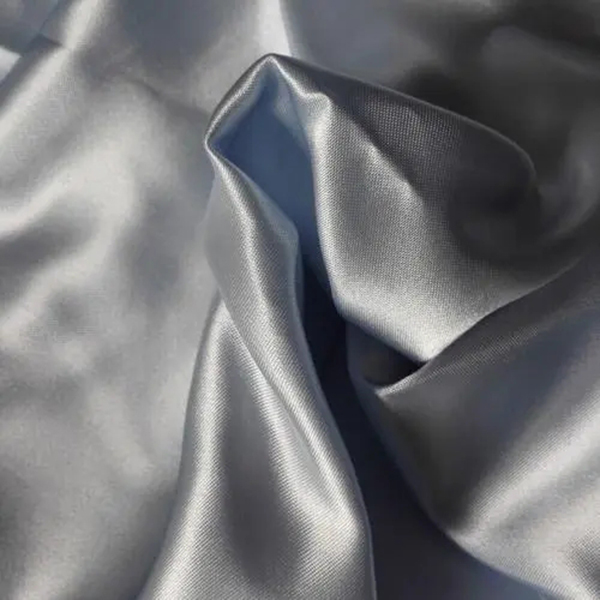Acetate fabric is made of acetate fiber. It is artificial fiber, which has brilliant color, bright appearance, soft, smooth and comfortable handle. Its luster and performance is close to silk.
Chemical Properties
Alkali Resistance
Basically, the weak alkaline agent will not damage the acetate fiber. When contact with strong alkali, especially diacetate fiber is easy to occur deacetylation, which leads to weight loss of the fabric. Also the strength and modulus will decrease.
Acid Resistance
Acetate fiber has good acid stability. The commonly seen sulfuric acid, hydrochloric acid and nitric acid with a certain concentration will not influence the strength, luster and elongation of the fiber. But acetate fiber can be dissolved in concentrated sulfuric acid, hydrochloric acid and nitric acid.
Organic Solvent Resistance
Acetate fiber can be totally dissolved in acetone, DMF and glacial acetic acid. But it will not be dissolved in ethyl alcohol or tetrachloroethylene.
Dyeing Performance
The dyes commonly used for dyeing cellulose fibers have little affinity for acetate fibers, which are difficult to dye acetate fiber. The most suitable dyes for acetate fiber are disperse dyes, which have low molecular weight and similar dyeing rate.
Physical Properties
Acetate fiber has good heat stability. The glass-transition temperature of the fiber is about 185℃ and the melting termination temperature is about 310℃. When it stops heating, weight loss rate of fiber will be 90.78%. Its shrinkage rate of boiling water is low. But high temperature processing will affect the strength and luster of acetate fiber. So the temperature should be lower than 85℃.
Acetate fiber has relatively good elasticity, close to silk and wool.
Post time: Apr-18-2024


